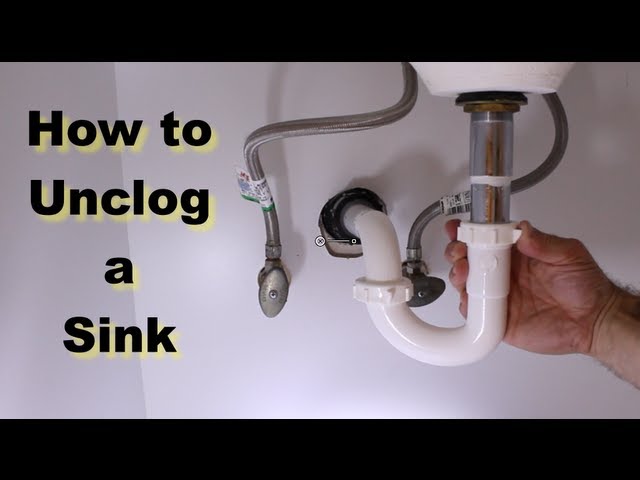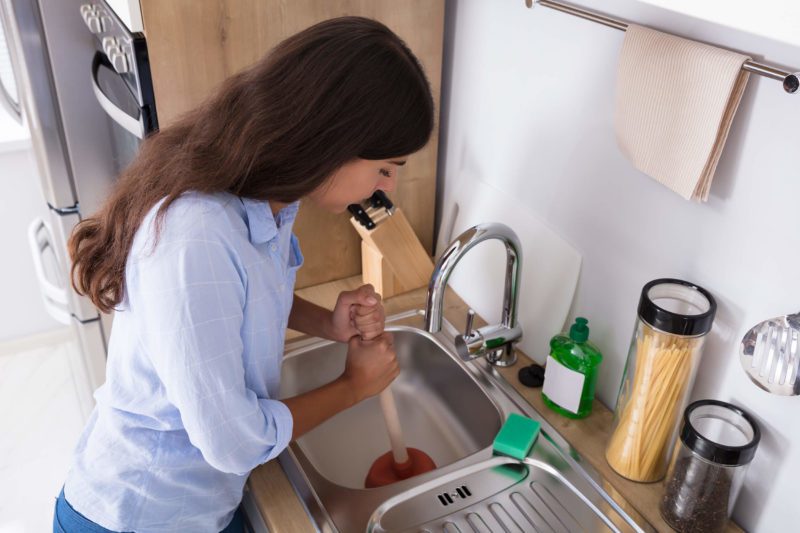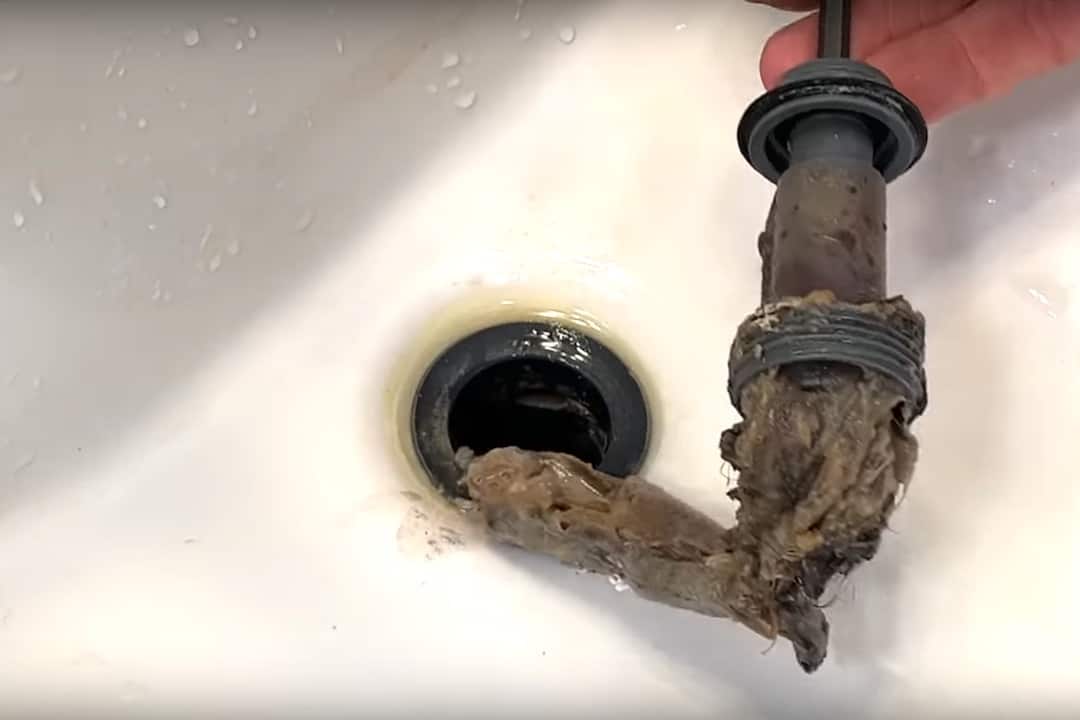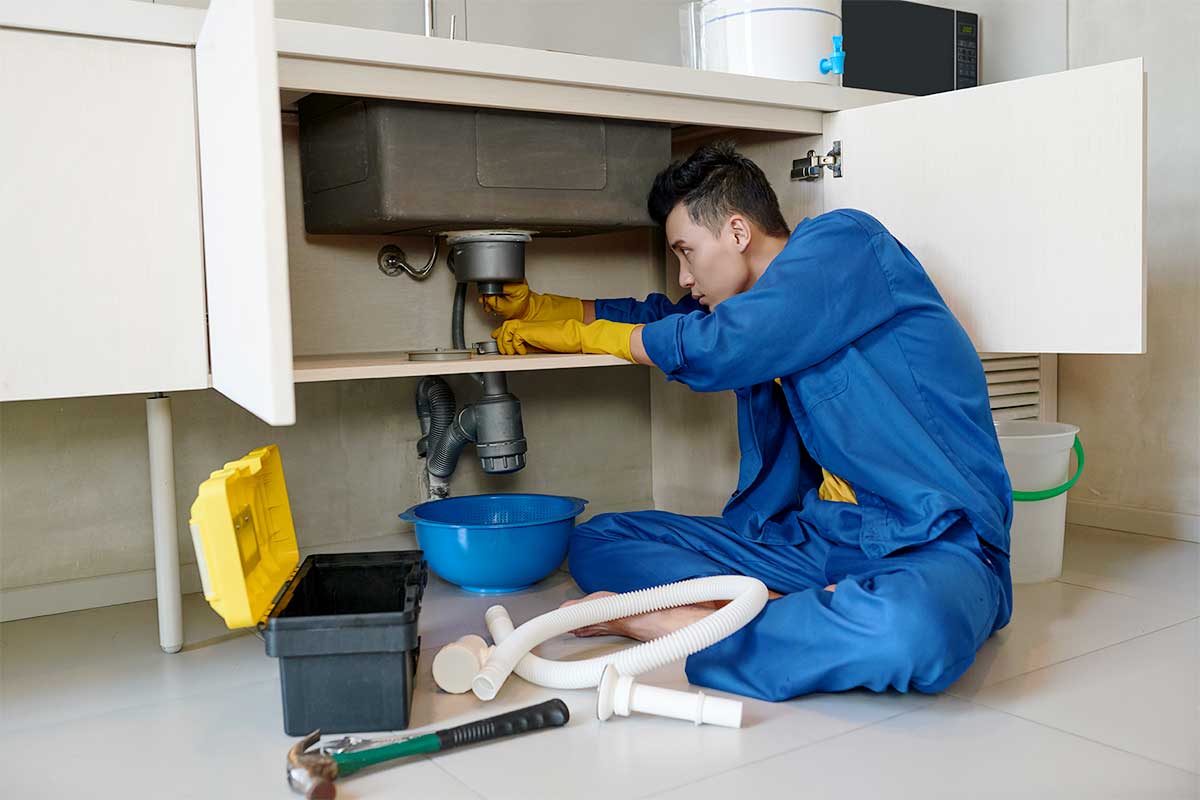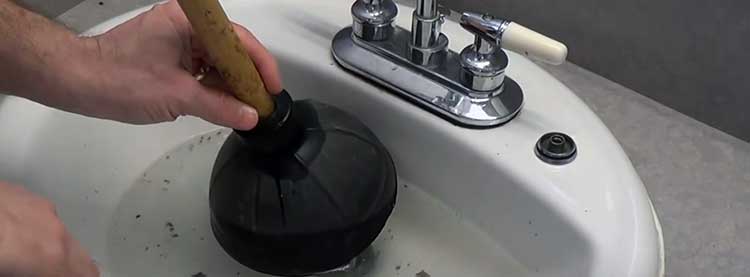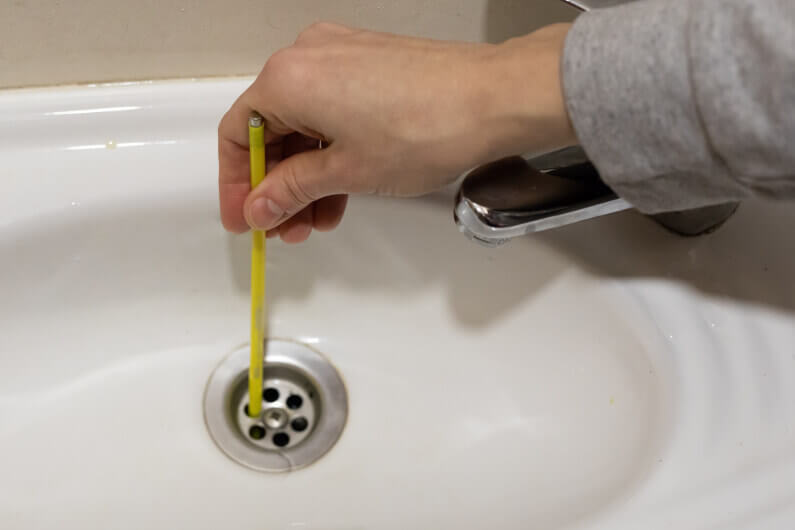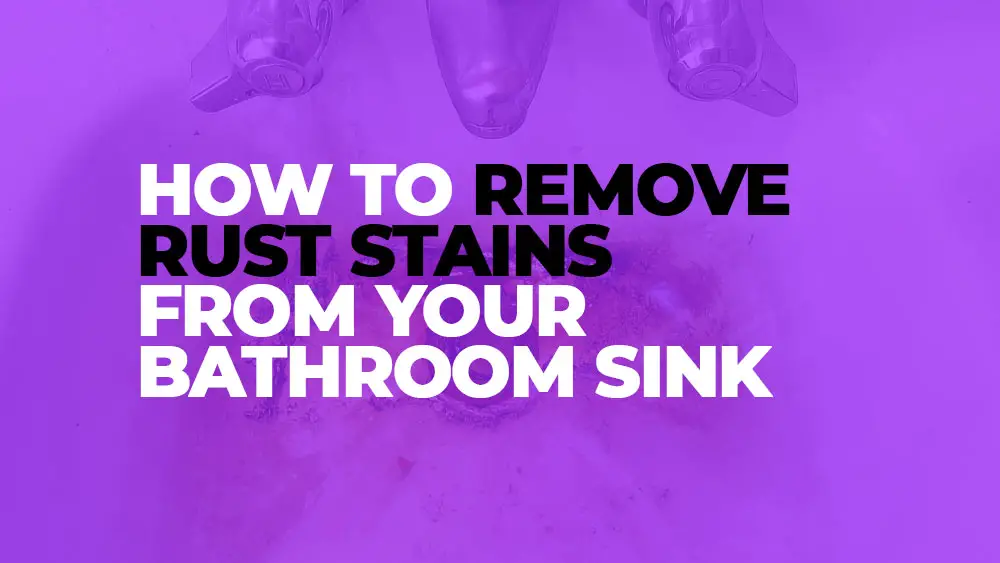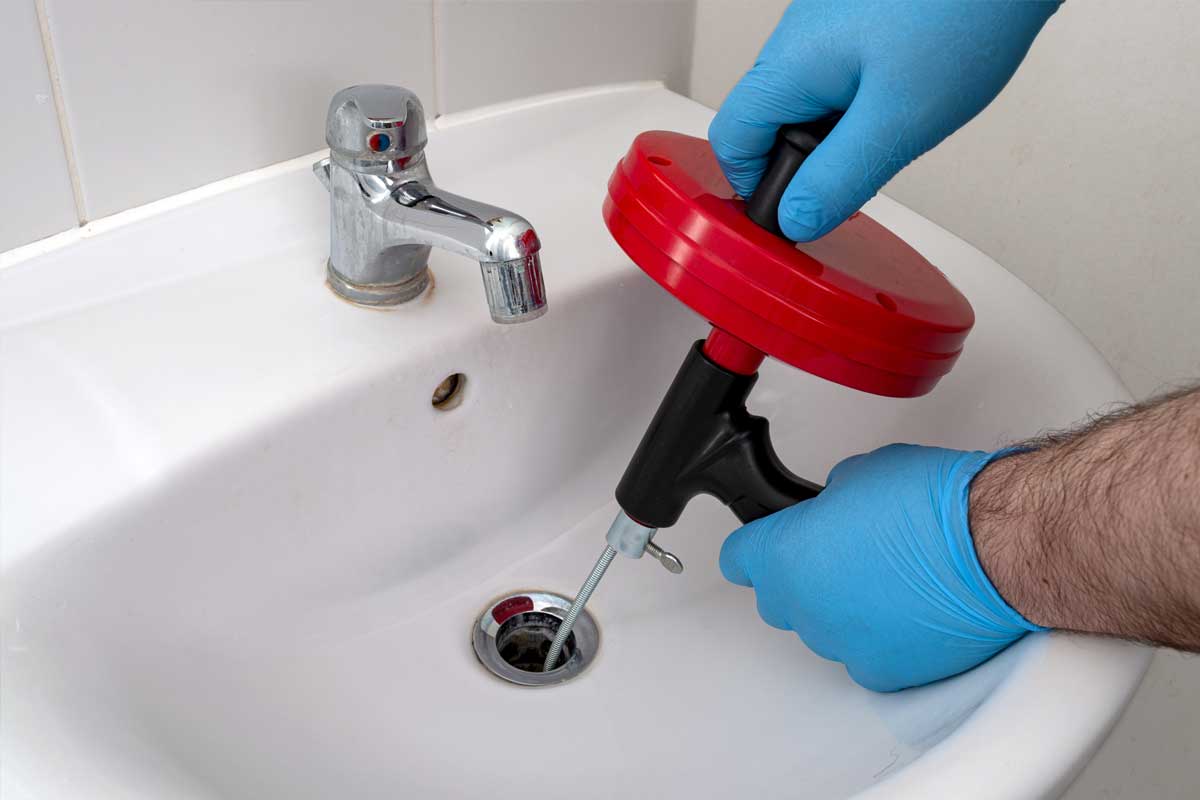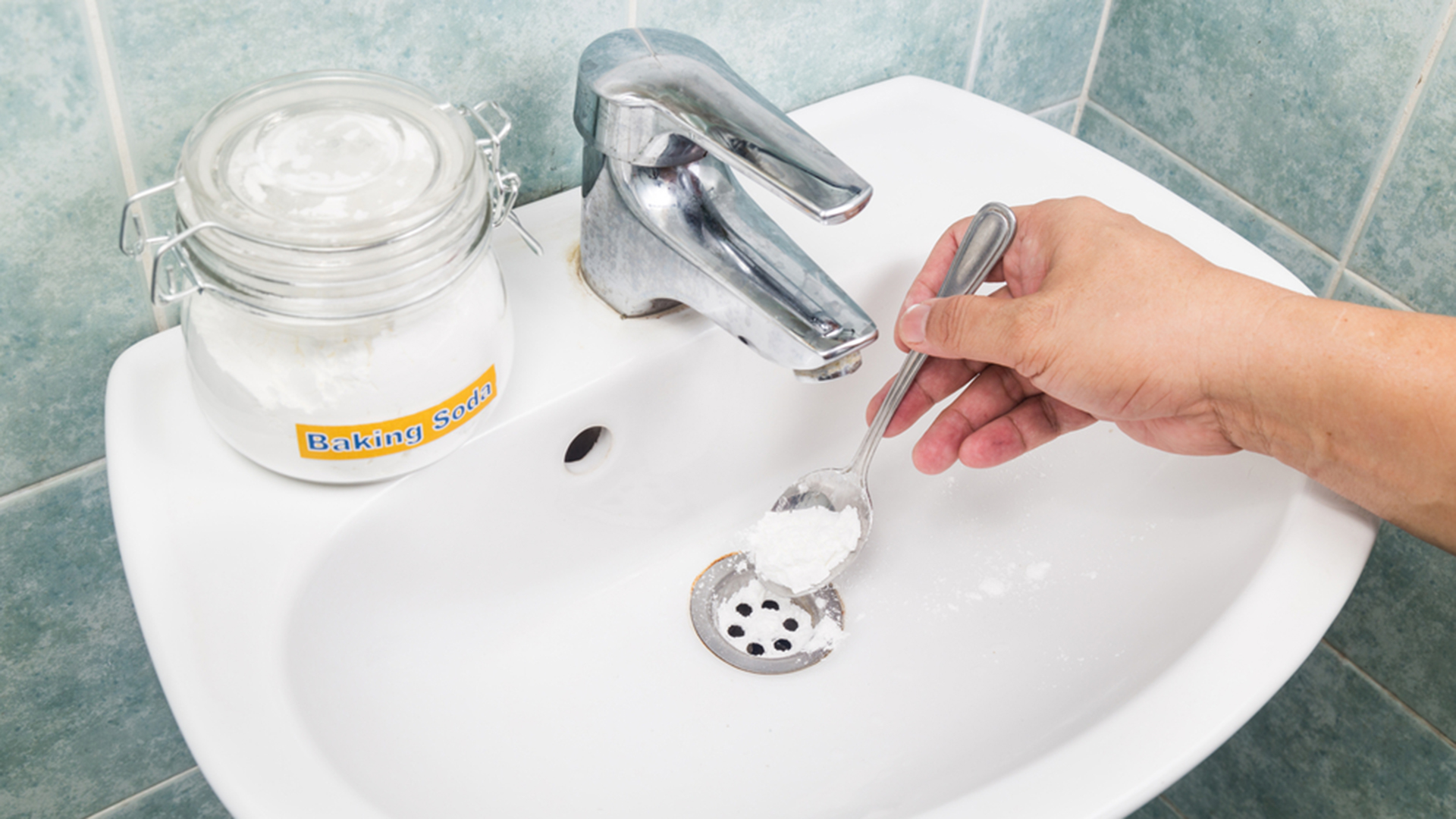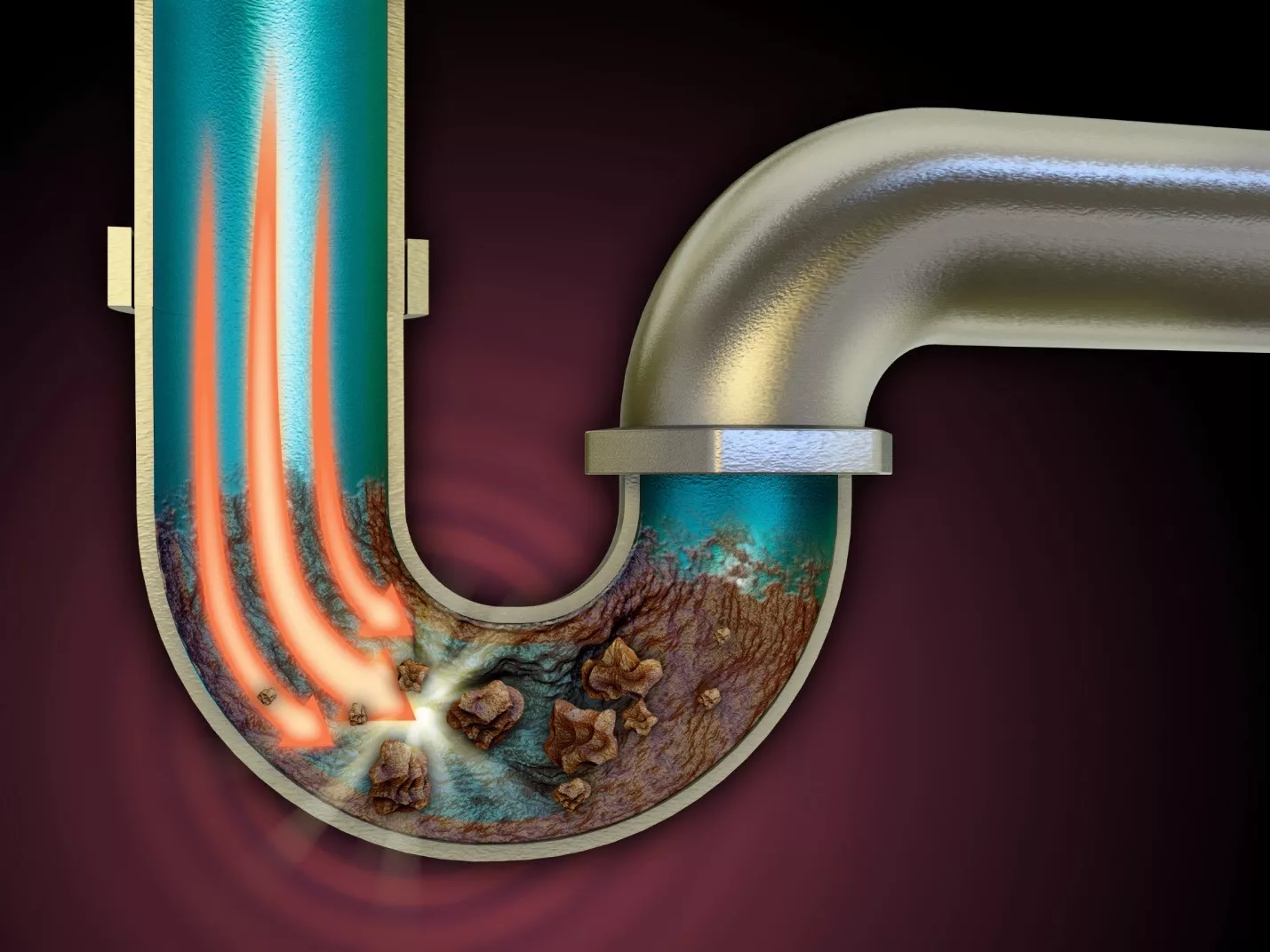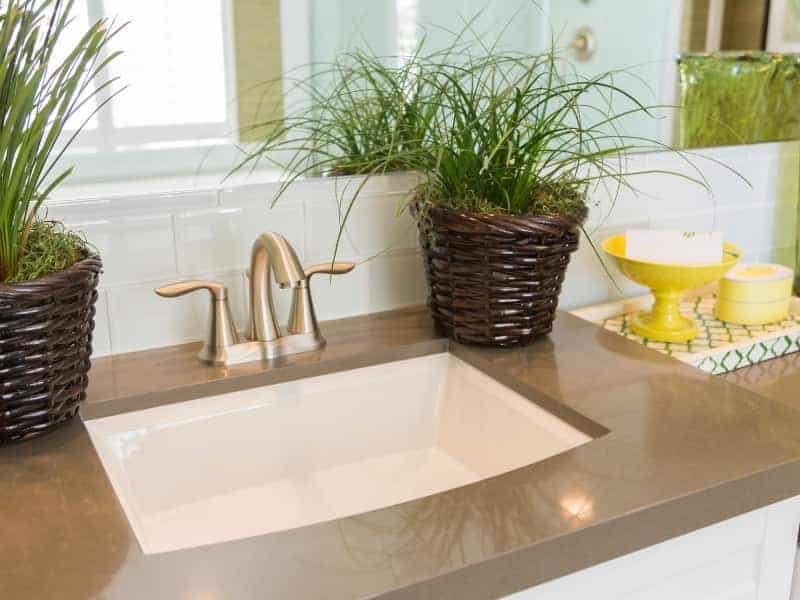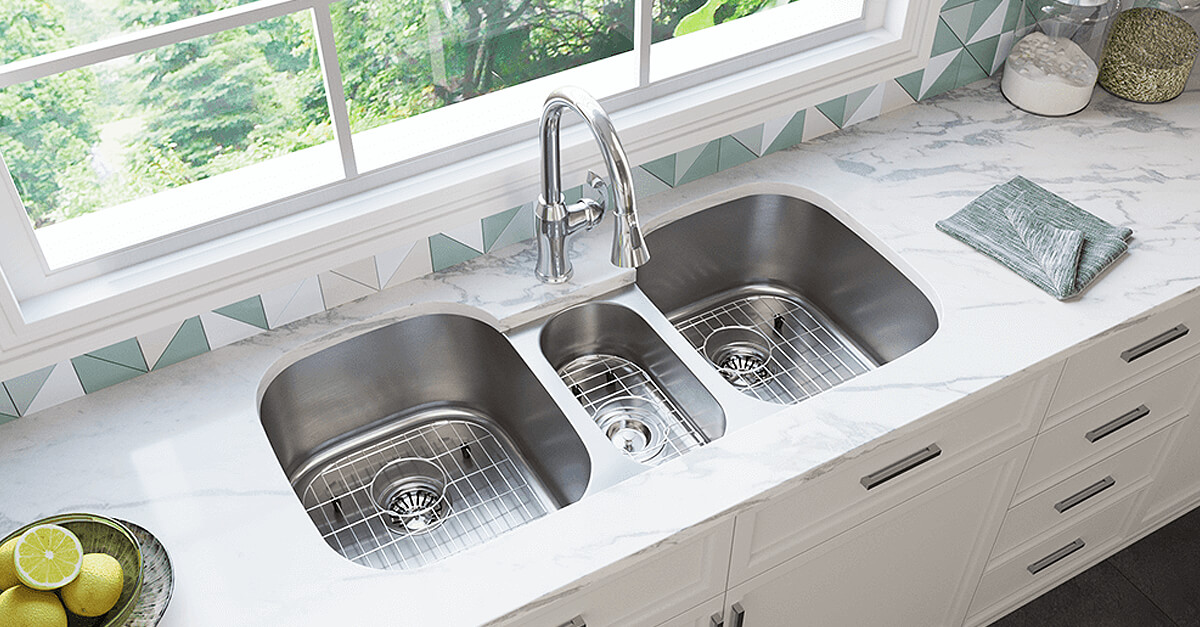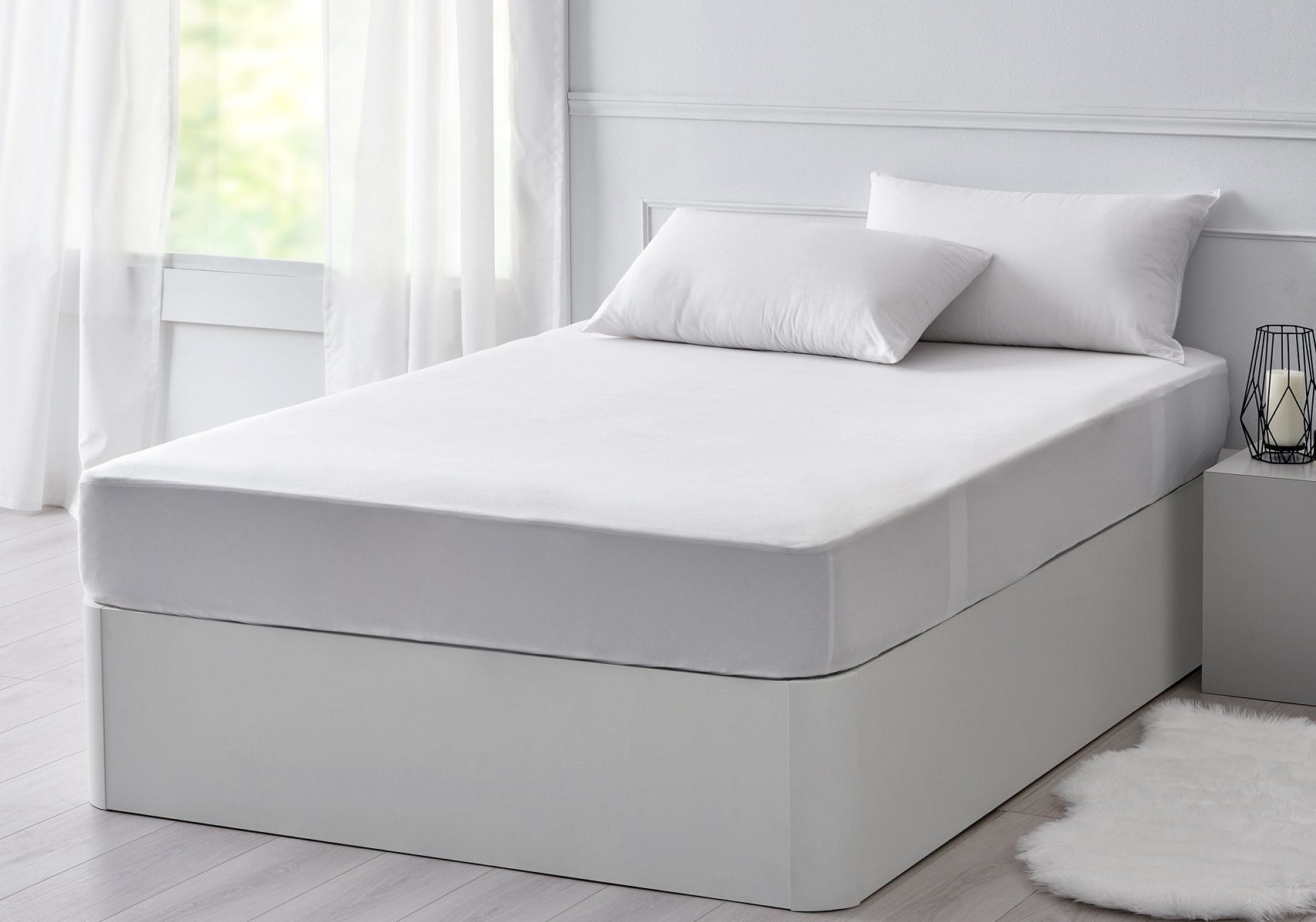Dealing with a clogged bathroom sink can be a frustrating and messy experience, especially if the clog is located in the wall. This can make it difficult to access and clear the blockage. However, with the right tools and techniques, you can easily unclog your bathroom sink in the wall and get everything running smoothly again. Unclogging a Bathroom Sink in the Wall
If you've noticed that your sink is draining slowly or not at all, it's likely that there is a clog somewhere in the pipes. The first step in fixing a clogged bathroom sink in the wall is to identify the location of the clog. This can often be done by removing the sink stopper and using a flashlight to look inside the drain. If you can see the clog near the opening of the drain, you can try to remove it using a pair of pliers or a drain snake. However, if the clog is further down in the pipes, you may need to use other methods to clear it. How to Fix a Clogged Bathroom Sink in the Wall
If you prefer to try to fix the clog yourself before calling a professional, there are a few DIY solutions you can try. One option is to use a mixture of baking soda and vinegar. Pour a cup of baking soda down the drain, followed by a cup of vinegar. Let this mixture sit for about 30 minutes before flushing it with hot water. You can also try using a plunger to loosen and remove the clog. Be sure to cover the overflow drain with a wet cloth to create a seal before plunging. If these methods do not work, it may be time to call in a professional plumber. DIY Solutions for a Clogged Bathroom Sink in the Wall
Understanding the common causes of a clogged bathroom sink in the wall can help you prevent future clogs from occurring. One of the main causes is hair buildup, which can happen quickly in the bathroom sink. Other common culprits include soap scum, toothpaste residue, and small objects like jewelry or cotton swabs that can accidentally fall into the drain. In older homes, clogs may also be caused by aging pipes, which can become corroded and narrow over time, making it easier for debris to get stuck and cause clogs. Common Causes of a Clogged Bathroom Sink in the Wall
If DIY methods are not successful in unclogging your bathroom sink in the wall, it's best to call a professional plumber. They have the knowledge, experience, and specialized tools to effectively clear the clog without causing further damage to your pipes. Professional plumbers also have access to powerful hydro jetting equipment, which uses high-pressure water to blast away stubborn clogs and clean the inside of your pipes. This method is not only effective but also environmentally friendly as it does not use harsh chemicals. Professional Plumbing Services for a Clogged Bathroom Sink in the Wall
The best way to deal with a clogged bathroom sink in the wall is to prevent it from happening in the first place. This means being mindful of what goes down your drain and regularly cleaning and maintaining your pipes. Using a drain cover can help catch hair and other debris before it goes down the drain. You can also use a mixture of hot water and vinegar to flush your drains regularly to prevent buildup. Additionally, avoid pouring grease and oil down your drain, as they can solidify and cause clogs. Preventing a Bathroom Sink from Clogging in the Wall
When it comes to unclogging a bathroom sink in the wall, having the right tools and techniques is crucial. Some of the key tools you may need include a plunger, drain snake, and a wrench to remove the sink stopper or P-trap. If you don't have these tools on hand, you can also try using a wire hanger to reach and remove the clog. For tougher clogs, a plumber's auger or hydro jetting equipment may be necessary. Tools and Techniques for Clearing a Clogged Bathroom Sink in the Wall
If you've tried all the DIY methods and are still struggling to clear the clog, it's time to troubleshoot the issue. This may involve checking the main sewer line for any blockages, inspecting the vent pipe for any obstructions, or using a camera to get a better look at the inside of your pipes. A professional plumber will be able to troubleshoot the issue and determine the best course of action to clear the clog and get your sink back to working properly. Troubleshooting a Clogged Bathroom Sink in the Wall
When dealing with a clogged bathroom sink in the wall, you may be tempted to use chemical drain cleaners. However, these harsh chemicals can be damaging to your pipes and the environment. They also may not be effective in clearing tough clogs. Instead, consider using natural methods like baking soda and vinegar or a plunger. You can also opt for professional services that use environmentally friendly methods like hydro jetting. Chemical vs. Natural Methods for Unclogging a Bathroom Sink in the Wall
It's important to address a clogged bathroom sink in the wall as soon as you notice it to prevent further damage and potential health hazards. Some common signs of a clogged sink include slow draining, gurgling noises, foul odors, and water backing up into the sink or bathtub. If you notice any of these signs, try DIY methods first and if they don't work, call a professional plumber. Ignoring a clogged bathroom sink can lead to more serious plumbing issues and costly repairs in the future. In conclusion, dealing with a clogged bathroom sink in the wall may seem daunting, but with the right knowledge and tools, you can easily fix the issue. Remember to be cautious of what goes down your drain and regularly maintain your pipes to prevent clogs from occurring. And if DIY methods don't work, don't hesitate to call a professional for help. Signs of a Clogged Bathroom Sink in the Wall and How to Address Them
How to Fix a Clogged Bathroom Sink in the Wall

The Importance of Proper Plumbing in House Design
 If you're a homeowner, you know that a clogged sink is one of the most frustrating and common household issues. But what happens when your bathroom sink is clogged in the wall? This presents a unique challenge, as the clog is not easily accessible and may require specialized tools and techniques to fix. The plumbing in your house is a vital component of its design, and it's important to address any issues promptly to prevent further damage. In this article, we'll discuss the main causes of a clogged bathroom sink in the wall and provide some tips on how to fix it.
If you're a homeowner, you know that a clogged sink is one of the most frustrating and common household issues. But what happens when your bathroom sink is clogged in the wall? This presents a unique challenge, as the clog is not easily accessible and may require specialized tools and techniques to fix. The plumbing in your house is a vital component of its design, and it's important to address any issues promptly to prevent further damage. In this article, we'll discuss the main causes of a clogged bathroom sink in the wall and provide some tips on how to fix it.
Main Causes of a Clogged Bathroom Sink in the Wall
 Before we dive into how to fix a clogged sink, it's important to understand the main causes behind it. One of the most common causes is a buildup of hair, soap scum, and other debris in the drain pipe. Over time, these materials can accumulate and form a blockage, preventing water from flowing freely. Another cause could be a foreign object, such as a toy or piece of jewelry, accidentally falling down the sink and getting stuck in the pipes. Finally, old and corroded pipes can also contribute to a clogged sink in the wall.
Before we dive into how to fix a clogged sink, it's important to understand the main causes behind it. One of the most common causes is a buildup of hair, soap scum, and other debris in the drain pipe. Over time, these materials can accumulate and form a blockage, preventing water from flowing freely. Another cause could be a foreign object, such as a toy or piece of jewelry, accidentally falling down the sink and getting stuck in the pipes. Finally, old and corroded pipes can also contribute to a clogged sink in the wall.
Steps to Fix a Clogged Bathroom Sink in the Wall
 Step 1: Identify the Location of the Clog
The first step in fixing a clogged bathroom sink is to locate where the blockage is. If the sink is completely backed up and not draining at all, then the clog is most likely in the main drain pipe. If the water is draining slowly, then the clog is probably closer to the sink drain.
Step 2: Try Using a Plunger
If the clog is near the sink drain, a plunger may be able to dislodge it. Make sure to cover the sink's overflow holes with a wet cloth or duct tape to create a stronger seal. Then, use the plunger to create suction and force the clog out.
Step 3: Use a Drain Snake
If the plunger doesn't work, the next step is to use a drain snake. This tool can reach deeper into the pipes and break up any stubborn clogs. Insert the snake into the drain and twist it while pushing it further in. Once you feel resistance, pull it back out and hopefully the clog will come out with it.
Step 4: Call a Professional Plumber
If the above methods don't work, it's best to call a professional plumber. They have the necessary tools and expertise to handle more complicated clogs in the wall. They can also inspect the pipes for any damage and make necessary repairs.
Step 1: Identify the Location of the Clog
The first step in fixing a clogged bathroom sink is to locate where the blockage is. If the sink is completely backed up and not draining at all, then the clog is most likely in the main drain pipe. If the water is draining slowly, then the clog is probably closer to the sink drain.
Step 2: Try Using a Plunger
If the clog is near the sink drain, a plunger may be able to dislodge it. Make sure to cover the sink's overflow holes with a wet cloth or duct tape to create a stronger seal. Then, use the plunger to create suction and force the clog out.
Step 3: Use a Drain Snake
If the plunger doesn't work, the next step is to use a drain snake. This tool can reach deeper into the pipes and break up any stubborn clogs. Insert the snake into the drain and twist it while pushing it further in. Once you feel resistance, pull it back out and hopefully the clog will come out with it.
Step 4: Call a Professional Plumber
If the above methods don't work, it's best to call a professional plumber. They have the necessary tools and expertise to handle more complicated clogs in the wall. They can also inspect the pipes for any damage and make necessary repairs.
In Conclusion
 A clogged bathroom sink in the wall can be a major inconvenience, but with the right tools and techniques, it can be fixed. Remember to properly maintain your plumbing and address any clogs promptly to prevent further damage. If you're unsure or uncomfortable with fixing the clog yourself, don't hesitate to call a professional for assistance. A well-functioning plumbing system is crucial for a comfortable and functional home, so don't neglect any issues that may arise.
A clogged bathroom sink in the wall can be a major inconvenience, but with the right tools and techniques, it can be fixed. Remember to properly maintain your plumbing and address any clogs promptly to prevent further damage. If you're unsure or uncomfortable with fixing the clog yourself, don't hesitate to call a professional for assistance. A well-functioning plumbing system is crucial for a comfortable and functional home, so don't neglect any issues that may arise.







